Home>Home Appliances>Cleaning Appliances>What To Put In A Steam Cleaner
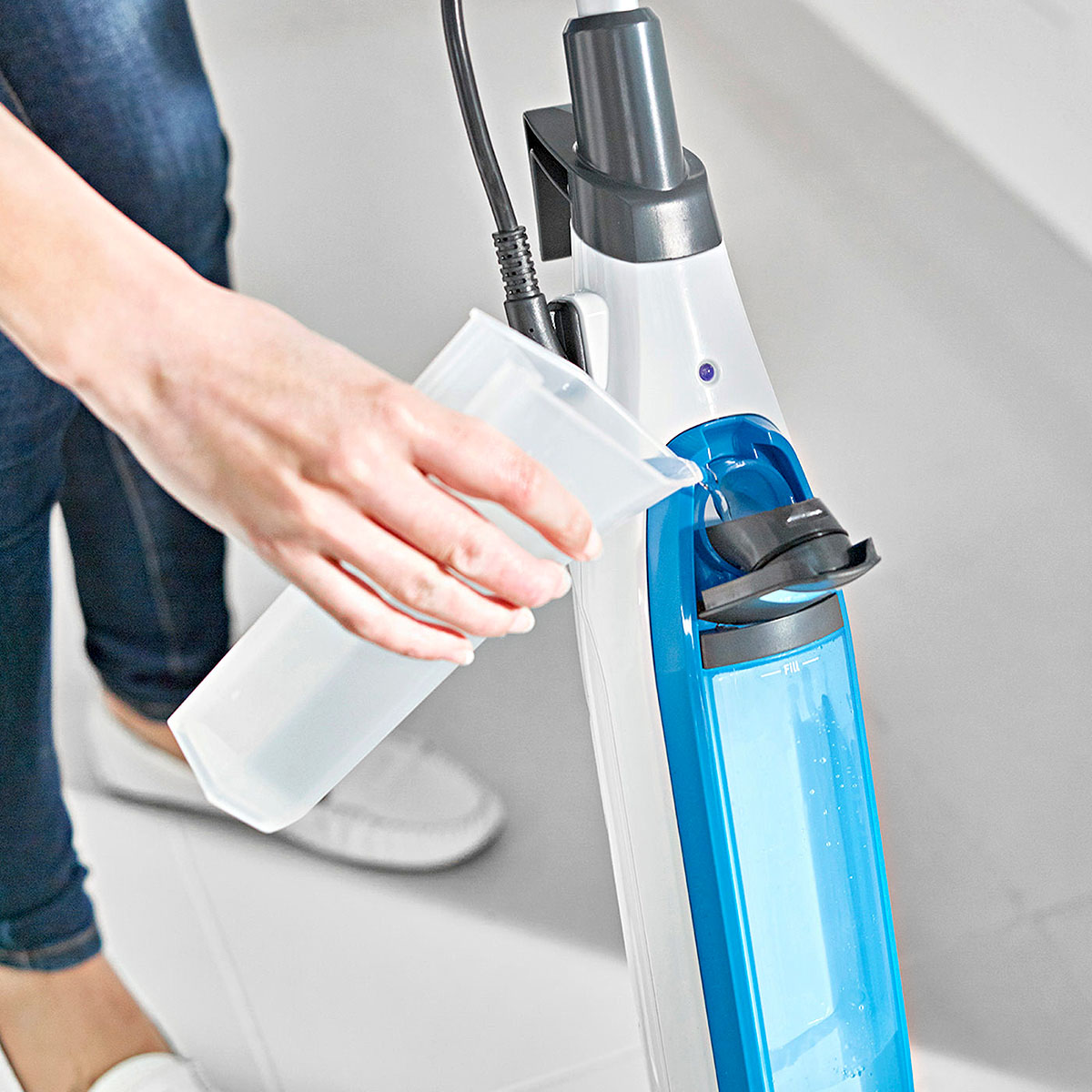

Cleaning Appliances
What To Put In A Steam Cleaner
Modified: January 4, 2024
Discover the best items to use in a steam cleaner for effective cleaning of various surfaces and appliances. Learn how to maximize the potential of your cleaning appliances.
(Many of the links in this article redirect to a specific reviewed product. Your purchase of these products through affiliate links helps to generate commission for Storables.com, at no extra cost. Learn more)
Introduction
Welcome to the world of steam cleaning! Steam cleaners are powerful tools that use the natural cleaning power of hot steam to sanitize and deodorize surfaces. They are a fantastic option for deep cleaning appliances, floors, and various other surfaces in your home. However, to get the most out of your steam cleaner, it’s essential to use the right substances. In this article, we’ll explore the best substances to put in a steam cleaner to ensure optimal cleaning results while maintaining the longevity of your appliance. Let’s dive in and discover the perfect ingredients for your steam cleaning adventures!
Key Takeaways:
- Keep your steam cleaner running smoothly by using distilled or demineralized water to prevent mineral buildup. Add vinegar, essential oils, baking soda, or lemon juice for natural cleaning power and refreshing scents.
- Enhance your steam cleaning experience with eco-friendly options like vinegar, essential oils, baking soda, and lemon juice. Use mild dish soap or all-purpose cleaner sparingly for added cleaning strength.
Read more: What Is The Best Carpet Steam Cleaner
Water
Water is the fundamental ingredient for operating a steam cleaner. It serves as the medium for creating the steam that powers the cleaning process. When using a steam cleaner, it’s crucial to use distilled or demineralized water to prevent mineral buildup inside the appliance. Tap water contains minerals that can accumulate and clog the internal mechanisms of the steam cleaner over time, leading to decreased performance and potential damage.
By using distilled water, you can prolong the life of your steam cleaner and ensure consistent, efficient operation. Additionally, distilled water helps prevent mineral deposits on the surfaces you clean, leaving behind a sparkling, streak-free finish. Always follow the manufacturer’s recommendations regarding the type of water to use in your steam cleaner to maintain its functionality and maximize cleaning effectiveness.
Vinegar
Vinegar is a versatile and natural cleaning agent that can be used in conjunction with a steam cleaner to tackle tough stains and eliminate odors. Its acidic nature makes it effective for breaking down mineral deposits, grease, and grime. When added to the water reservoir of a steam cleaner, vinegar can enhance the cleaning power of the steam, making it especially useful for cleaning hard surfaces such as tile, linoleum, and countertops.
When using vinegar in a steam cleaner, it’s important to dilute it with water to prevent potential damage to the appliance and ensure safe and effective cleaning. A common ratio is one part vinegar to two parts water. This mixture can help to sanitize and deodorize surfaces, leaving them fresh and clean without the use of harsh chemicals.
It’s worth noting that while vinegar is an excellent natural cleaner, it may not be suitable for certain surfaces, such as natural stone or marble, as the acidity can cause etching or damage. Always check the manufacturer’s recommendations for your steam cleaner and the specific surface you intend to clean to ensure compatibility with vinegar.
Overall, vinegar is a cost-effective and eco-friendly addition to your steam cleaning routine, offering a natural alternative to commercial cleaning products while delivering impressive results.
Essential Oils
Essential oils are a delightful addition to steam cleaning, offering both aromatic and cleaning benefits. When used in combination with a steam cleaner, essential oils can impart a pleasant fragrance to your living spaces while providing natural antimicrobial and antibacterial properties. These oils are derived from plant materials and are known for their therapeutic and cleansing properties, making them a popular choice for enhancing the cleaning experience.
When incorporating essential oils into your steam cleaning routine, it’s essential to exercise caution and use them sparingly. A few drops of essential oil added to the water reservoir of the steam cleaner can infuse the steam with a refreshing scent, transforming the cleaning process into a sensory pleasure. Popular essential oils for cleaning purposes include lavender, tea tree, eucalyptus, and lemon, each offering its unique benefits and fragrance.
Essential oils not only leave behind a delightful aroma but also contribute to the overall cleaning efficacy of the steam. Certain essential oils, such as tea tree and eucalyptus, are renowned for their natural antibacterial and antifungal properties, making them valuable allies in the fight against germs and odors. They can help freshen and purify the air in your home while providing a subtle, natural scent that lingers after the cleaning process.
It’s important to note that some essential oils may not be suitable for individuals with sensitivities or allergies, so it’s wise to choose oils that are well-tolerated by all members of the household. Additionally, always ensure that the essential oils you use are safe for steam application and compatible with your specific steam cleaner model.
By incorporating essential oils into your steam cleaning regimen, you can elevate the experience, infusing your home with delightful scents and reaping the natural benefits of these remarkable plant extracts.
Baking Soda
Baking soda, also known as sodium bicarbonate, is a household staple renowned for its myriad cleaning applications. When combined with a steam cleaner, baking soda can work wonders on a variety of surfaces, from kitchen appliances to upholstery and carpets. Its natural abrasive and deodorizing properties make it an excellent companion to steam cleaning, enhancing the appliance’s cleaning power and leaving surfaces fresh and revitalized.
One of the most common uses of baking soda in conjunction with a steam cleaner is for tackling tough stains and odors on carpets and upholstery. Sprinkling a thin layer of baking soda over the surface before using the steam cleaner can help absorb and neutralize odors, while the steam works to lift stains and grime from the fibers. This dual-action approach can leave carpets and upholstery looking and smelling clean and refreshed.
When added to the water reservoir of a steam cleaner, baking soda can contribute to the overall cleaning effectiveness, particularly on hard surfaces such as tile, grout, and countertops. The gentle abrasiveness of baking soda aids in loosening dirt and grease, while its natural deodorizing properties help eliminate lingering odors, leaving surfaces sparkling and smelling fresh.
Baking soda can also be used to create a paste for targeted cleaning tasks. By mixing baking soda with a small amount of water to form a paste, you can apply it to stubborn stains or grime before using the steam cleaner. This method allows the baking soda to work in tandem with the steam, resulting in a more thorough and efficient cleaning process.
It’s important to ensure that the steam cleaner you are using is compatible with the addition of baking soda, as some models may have specific guidelines regarding the use of additives. Always refer to the manufacturer’s instructions to avoid any potential damage to the appliance.
By harnessing the natural cleaning prowess of baking soda alongside a steam cleaner, you can achieve impressive results, breathing new life into your home’s surfaces with a gentle, non-toxic approach.
When using a steam cleaner, always make sure to use distilled water instead of tap water to prevent mineral buildup and prolong the life of your machine.
Read more: What Is The Best Steam Cleaner For Grout
Dish Soap
Dish soap, a staple in kitchen cleaning, can also be a valuable ally in steam cleaning. When used in moderation and in the appropriate dilution, dish soap can enhance the cleaning power of a steam cleaner, particularly when tackling greasy or heavily soiled surfaces. Its ability to cut through grease and grime makes it a versatile addition to your steam cleaning arsenal.
When incorporating dish soap into your steam cleaning routine, it’s essential to use it sparingly and dilute it properly to prevent excessive sudsing and potential damage to the steam cleaner. A small amount of dish soap added to the water reservoir can help break down and lift stubborn residues, making the steam’s cleaning action more effective, especially on surfaces such as kitchen countertops, appliances, and bathroom fixtures.
It’s important to choose a mild, eco-friendly dish soap that is safe for use on a variety of surfaces. Avoid using dish soaps with harsh chemicals or abrasives, as these may not be suitable for all surfaces and could potentially damage the steam cleaner’s internal components.
When cleaning with a steam cleaner and dish soap combination, it’s advisable to perform a spot test on a discreet area of the surface to ensure compatibility and to determine the appropriate dilution ratio. This precaution can help prevent any adverse effects and ensure that the cleaning process yields the desired results without causing damage or leaving behind residues.
By harnessing the degreasing and cleaning power of dish soap in conjunction with a steam cleaner, you can effectively tackle tough, greasy messes while benefiting from the sanitizing and deodorizing properties of steam. This combination offers a versatile and efficient approach to deep cleaning various surfaces throughout your home, leaving them fresh, clean, and free of stubborn residues.
Lemon Juice
Lemon juice, a natural and versatile cleaning agent, can be a refreshing addition to your steam cleaning endeavors. Known for its acidic properties and fresh citrus scent, lemon juice can serve as a powerful ally in cutting through grease, removing stains, and imparting a delightful fragrance to your living spaces.
When combined with a steam cleaner, lemon juice can enhance the cleaning efficacy, particularly on hard surfaces such as countertops, tile, and appliances. Its natural acidity makes it effective in breaking down grime and residues, while the steam works to lift and sanitize the surfaces, leaving them sparkling clean.
A popular method for utilizing lemon juice in steam cleaning is to create a natural cleaning solution by mixing it with water in the steam cleaner’s reservoir. This combination can help to deodorize and sanitize surfaces, leaving behind a fresh, citrus scent. The natural antibacterial properties of lemon juice make it a valuable addition to your cleaning routine, especially in areas where hygiene is a top priority.
It’s important to exercise caution when using lemon juice on certain surfaces, particularly those that are sensitive to acidic substances, such as natural stone or marble. Always perform a spot test in an inconspicuous area to ensure that the surface is compatible with the cleaning solution and to avoid potential damage.
In addition to its cleaning prowess, the invigorating aroma of lemon juice can uplift the atmosphere in your home, creating a sense of freshness and cleanliness. The natural fragrance can linger after the cleaning process, contributing to a pleasant and inviting environment.
By harnessing the natural cleaning and deodorizing properties of lemon juice alongside the sanitizing power of steam, you can achieve impressive results while infusing your living spaces with the uplifting scent of citrus. This natural approach to steam cleaning offers a refreshing alternative to conventional cleaning products, providing a safe and effective means of revitalizing your home.
All-Purpose Cleaner
An all-purpose cleaner is a versatile and convenient option for enhancing the cleaning capabilities of a steam cleaner. While steam alone is effective for sanitizing and deodorizing, combining it with a reputable all-purpose cleaner can provide an extra boost in tackling stubborn stains, grease, and grime on various surfaces throughout your home.
When selecting an all-purpose cleaner for use in conjunction with a steam cleaner, it’s crucial to choose a product that is compatible with both the surfaces you intend to clean and the specific model of your steam cleaner. Opt for a cleaner that is formulated to work effectively with steam cleaning equipment and is safe for use on a wide range of materials, including tile, laminate, sealed wood, and appliances.
Adding a small amount of the recommended all-purpose cleaner to the water reservoir of the steam cleaner can enhance the overall cleaning power, particularly when dealing with heavily soiled areas or high-traffic zones. The combination of steam and a trusted all-purpose cleaner can help break down residues, remove tough stains, and leave surfaces looking and feeling revitalized.
It’s essential to follow the manufacturer’s guidelines for dilution ratios and usage recommendations when incorporating an all-purpose cleaner into your steam cleaning routine. Using the cleaner in the proper concentration ensures effective cleaning while minimizing the risk of leaving behind residues or causing damage to the steam cleaner or the surfaces being cleaned.
An all-purpose cleaner can also provide a refreshing scent, leaving your home with a clean, inviting aroma after the steam cleaning process. This added touch can contribute to a sense of cleanliness and freshness throughout your living spaces.
By harnessing the combined power of steam and a reputable all-purpose cleaner, you can achieve thorough and effective cleaning results, transforming your home’s surfaces and creating a welcoming environment for you and your family.
Conclusion
As we conclude our exploration of the best substances to put in a steam cleaner, it’s evident that a diverse array of ingredients can enhance the appliance’s cleaning prowess, providing both effective sanitation and delightful aromas. From the fundamental role of water to the versatile applications of baking soda, essential oils, and all-purpose cleaners, each substance offers unique benefits that can elevate your steam cleaning experience.
When using a steam cleaner, it’s essential to prioritize the longevity and performance of the appliance by following the manufacturer’s recommendations regarding the type of water to use. Distilled or demineralized water helps prevent mineral buildup, ensuring consistent operation and optimal cleaning results.
Furthermore, natural substances such as vinegar, essential oils, baking soda, and lemon juice offer eco-friendly and aromatic solutions for tackling tough stains and odors, infusing your living spaces with refreshing scents while harnessing their inherent cleaning properties.
When considering the use of dish soap or all-purpose cleaners in conjunction with a steam cleaner, it’s crucial to select mild, safe formulations and adhere to proper dilution guidelines to avoid potential damage and achieve effective cleaning outcomes.
By embracing the diverse array of substances that can be utilized in a steam cleaner, you can customize your cleaning routine to suit your specific needs while maintaining a focus on sustainability and natural cleaning solutions. Whether you seek to sanitize, deodorize, or revitalize your home’s surfaces, the right substances in your steam cleaner can help you achieve remarkable results while contributing to a healthy and inviting living environment.
So, as you embark on your steam cleaning adventures, consider the valuable role that each substance can play in enhancing the efficacy and enjoyment of the process. With the right ingredients at your disposal, your steam cleaner can become a powerful ally in maintaining a clean, fresh, and welcoming home for you and your loved ones.
Frequently Asked Questions about What To Put In A Steam Cleaner
Was this page helpful?
At Storables.com, we guarantee accurate and reliable information. Our content, validated by Expert Board Contributors, is crafted following stringent Editorial Policies. We're committed to providing you with well-researched, expert-backed insights for all your informational needs.
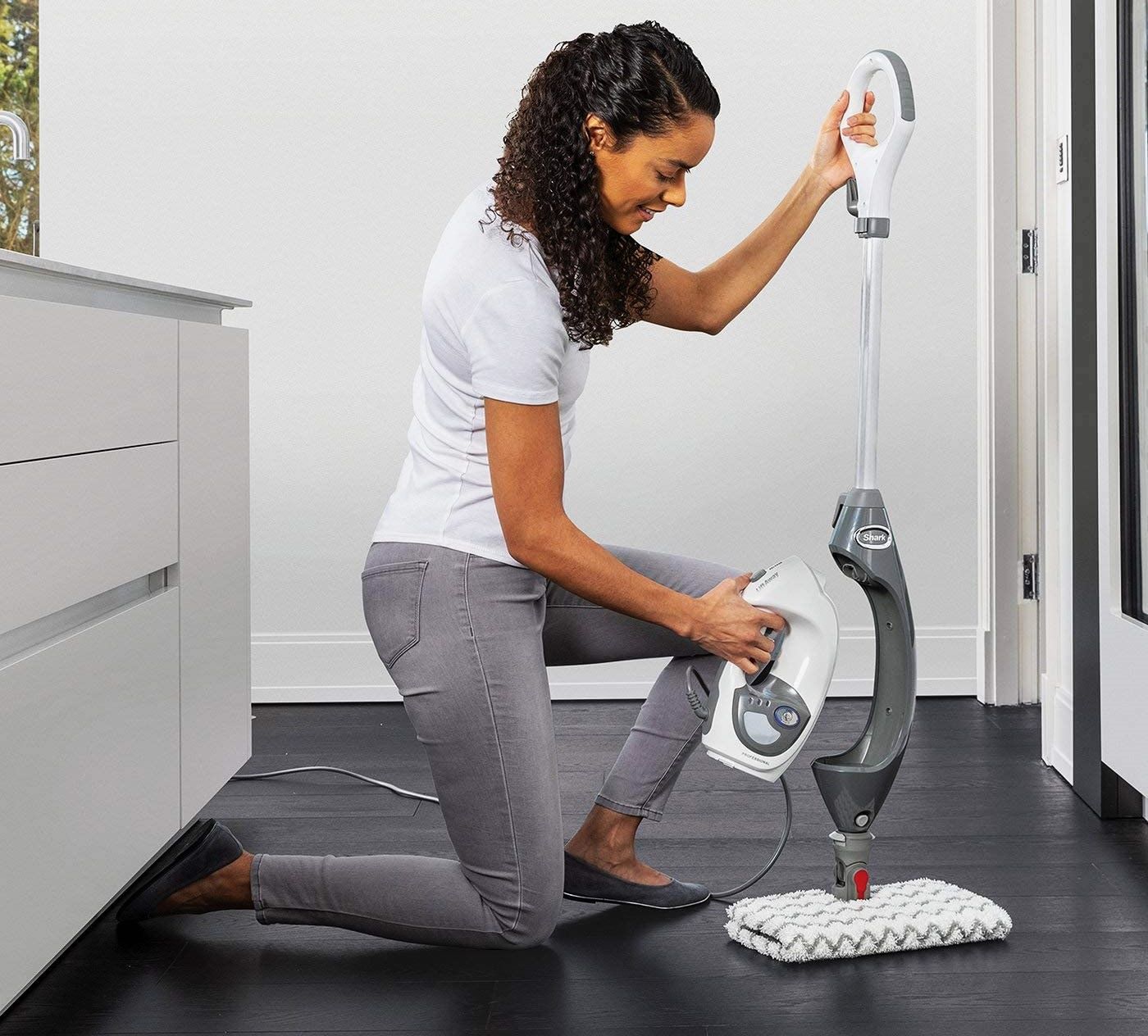

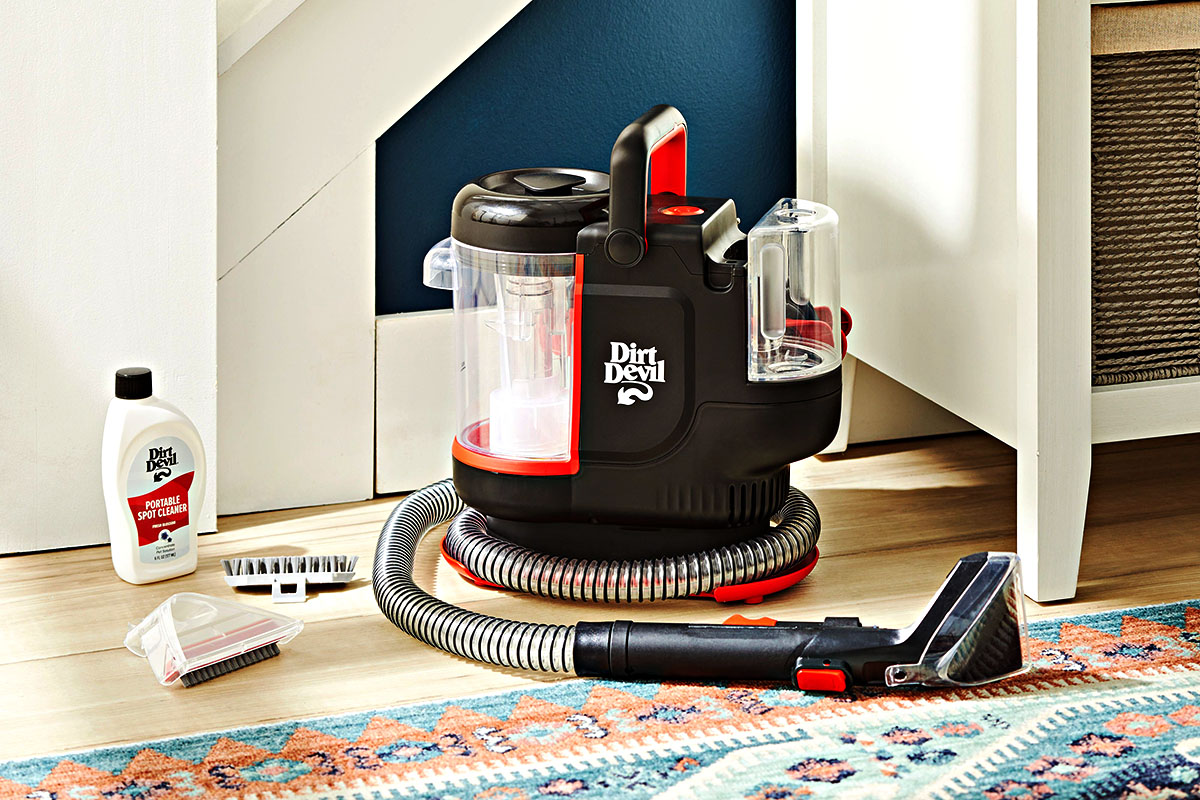
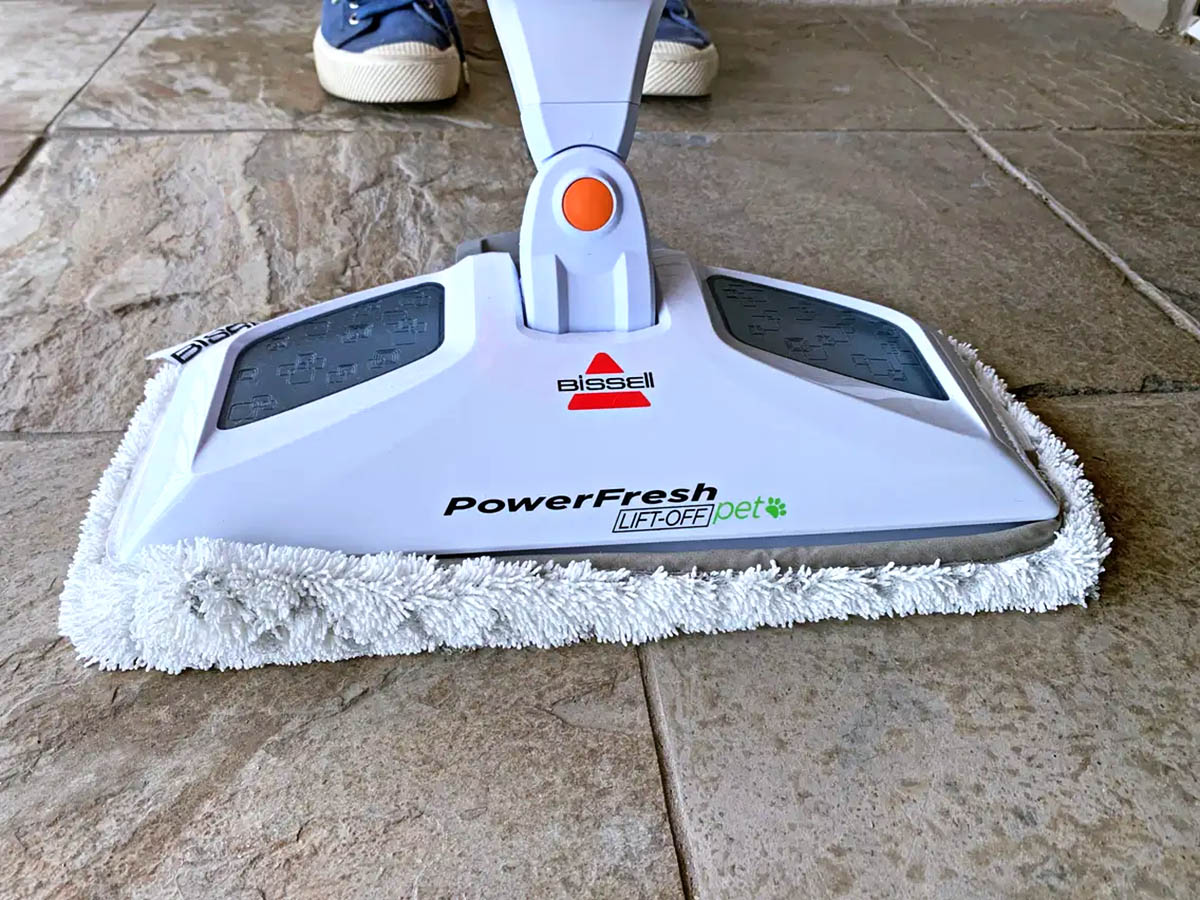

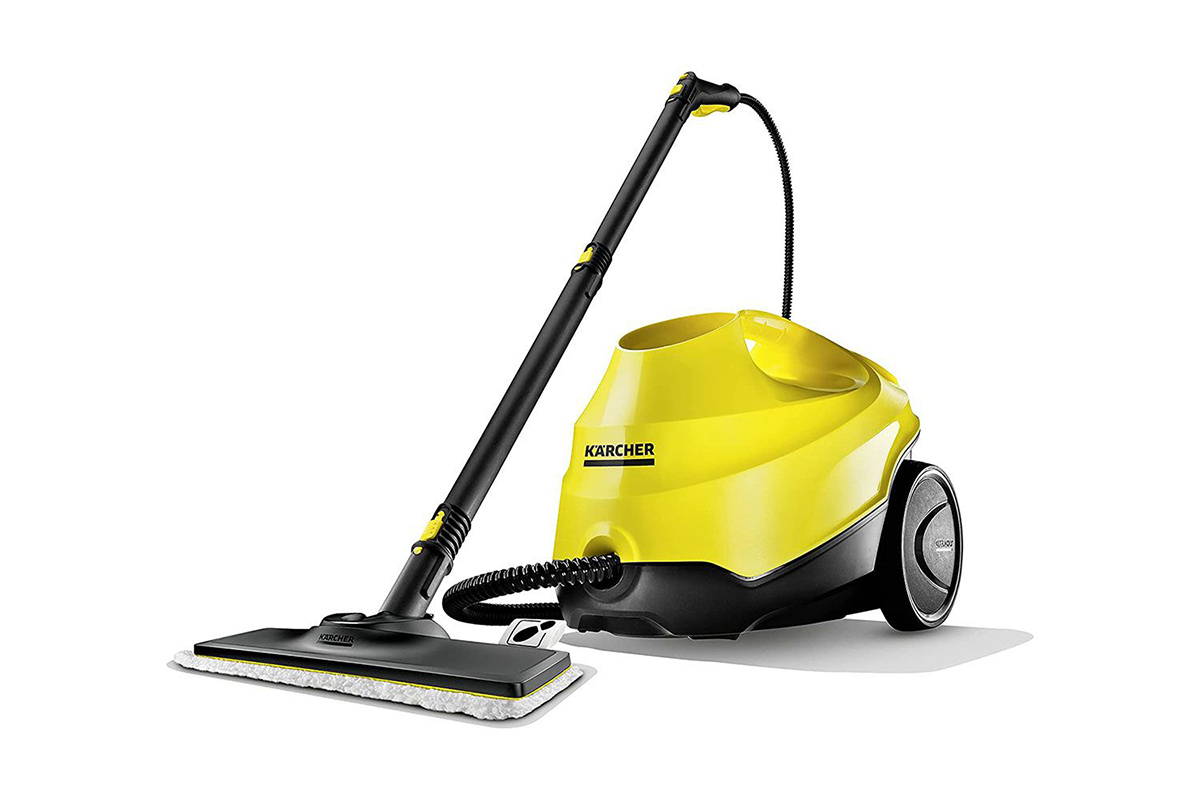
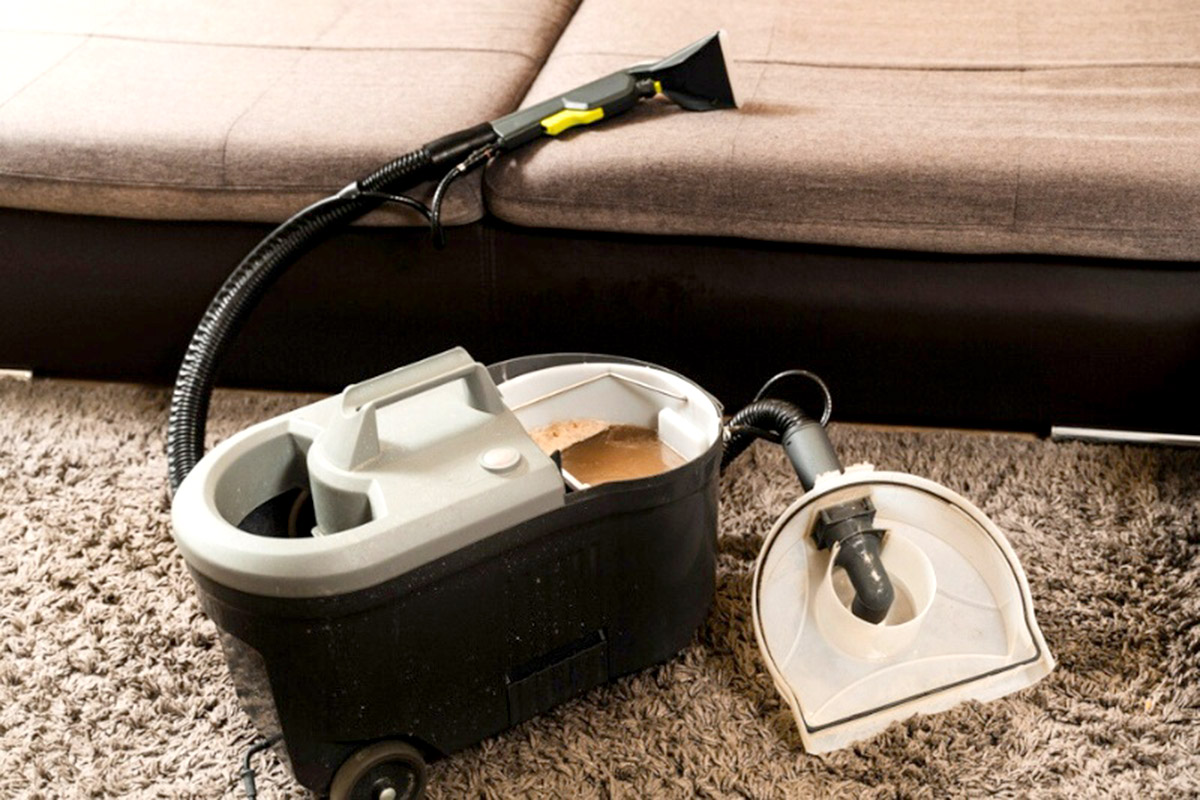
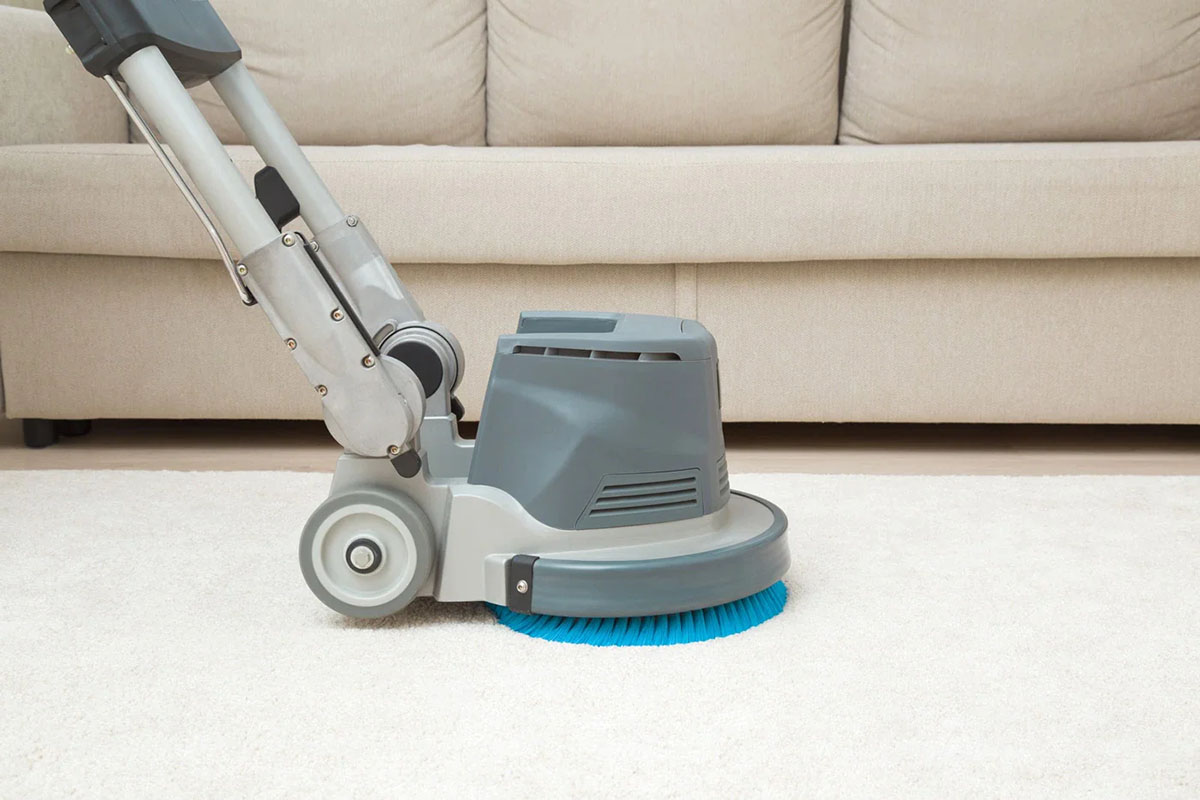
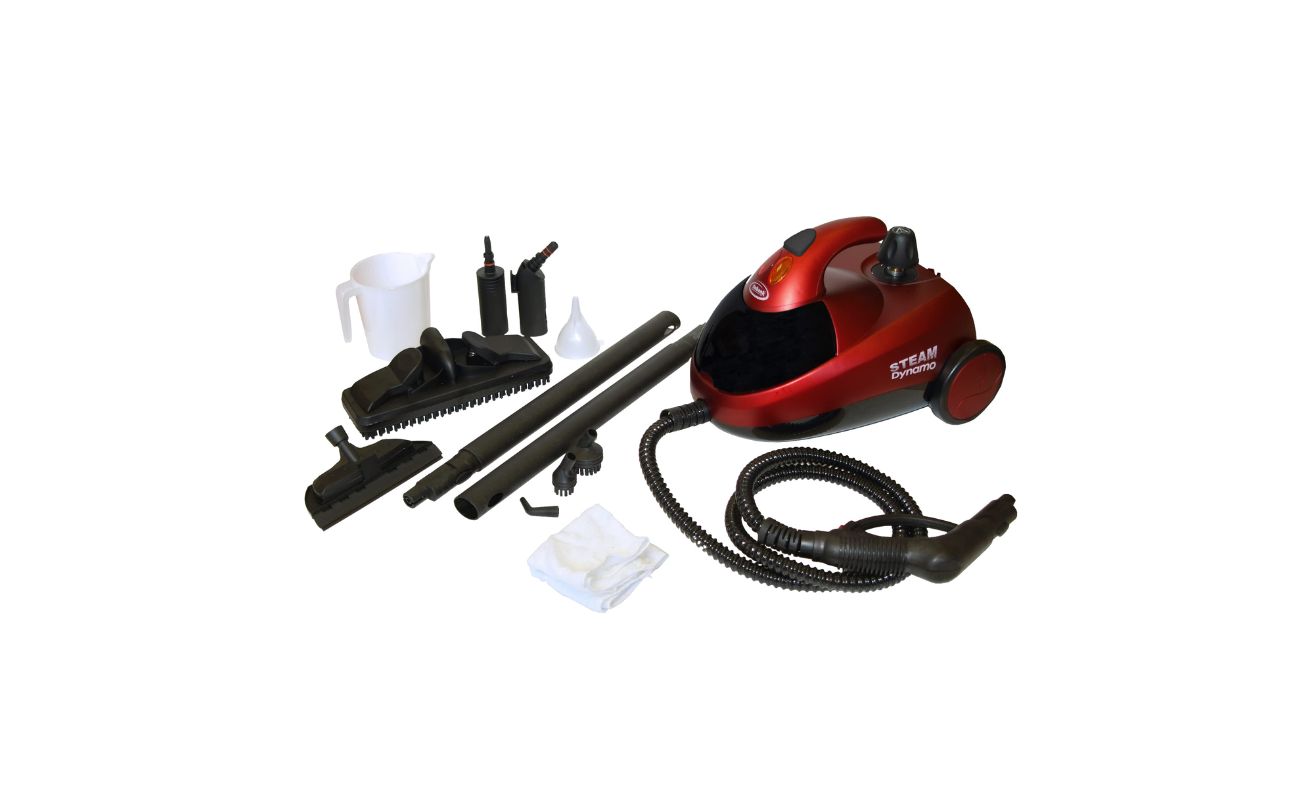
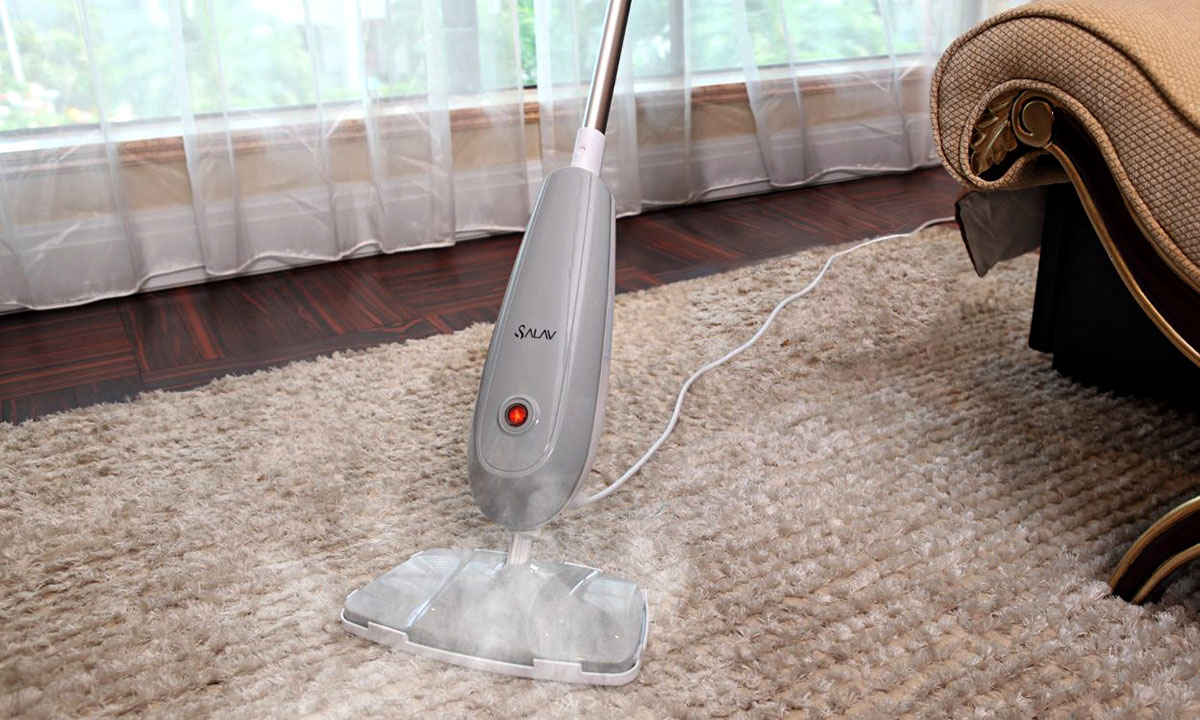
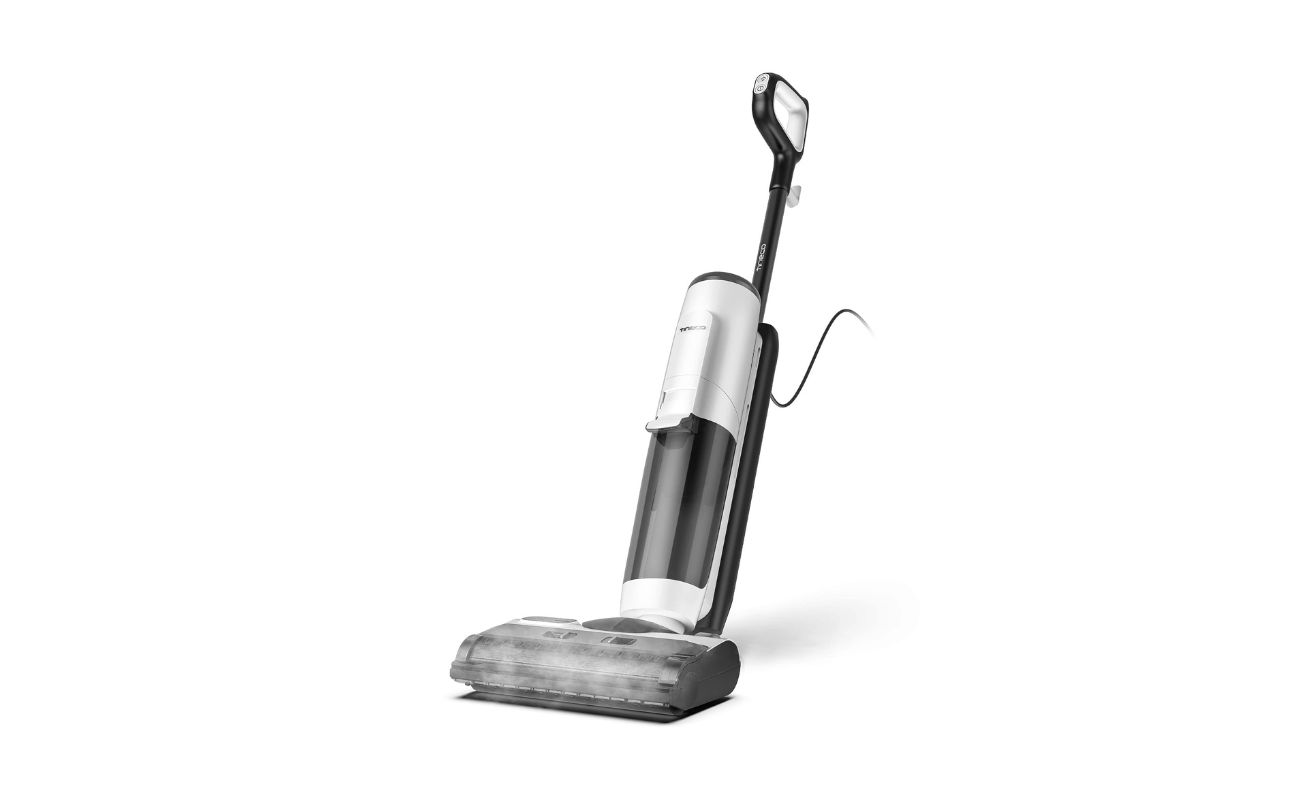
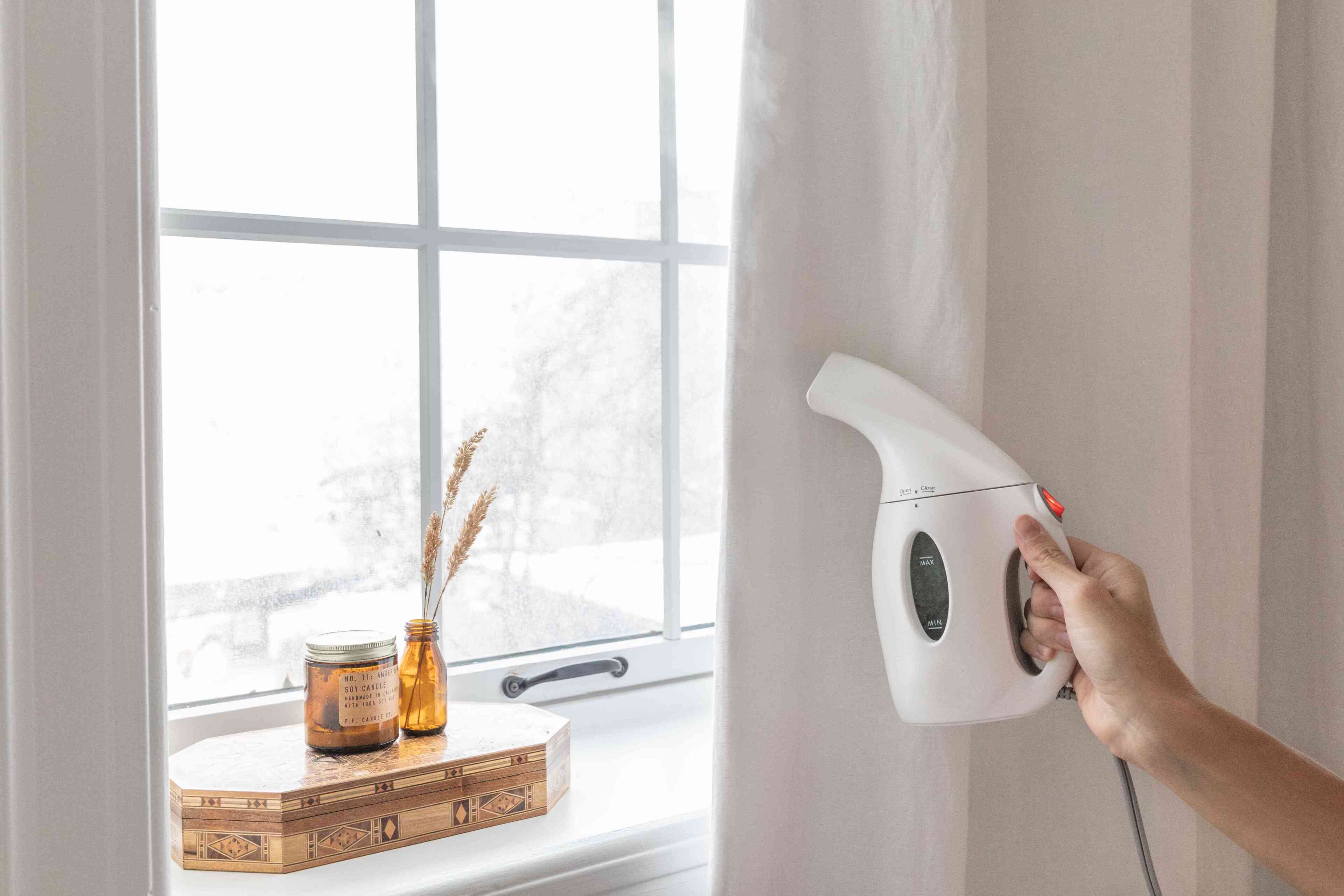
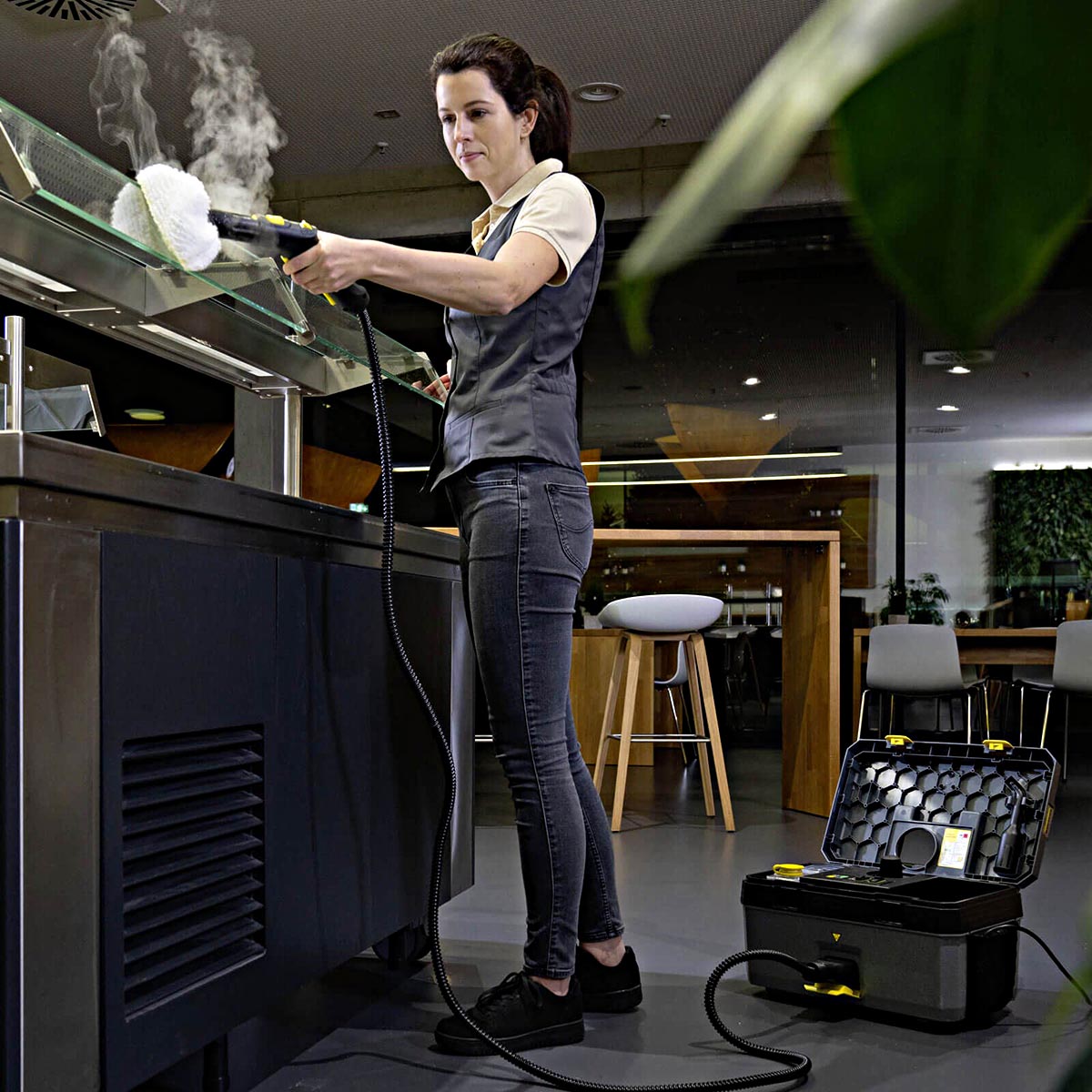
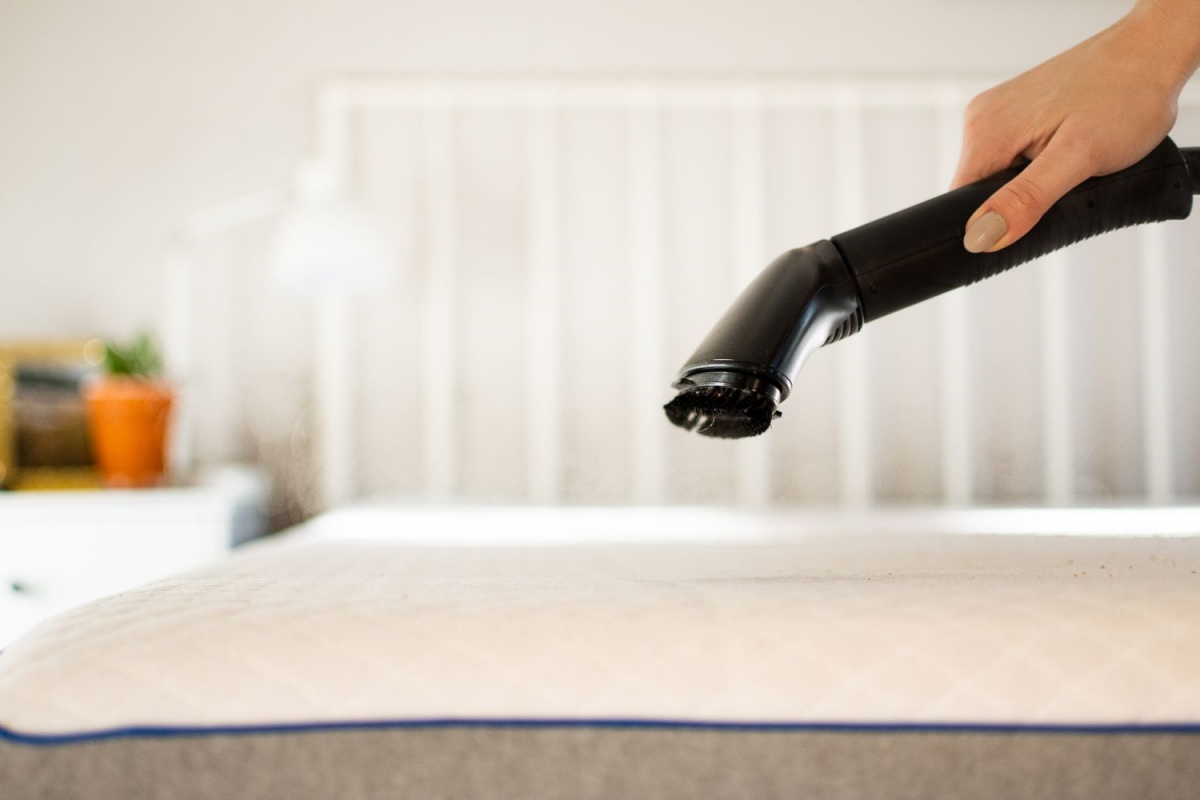

0 thoughts on “What To Put In A Steam Cleaner”